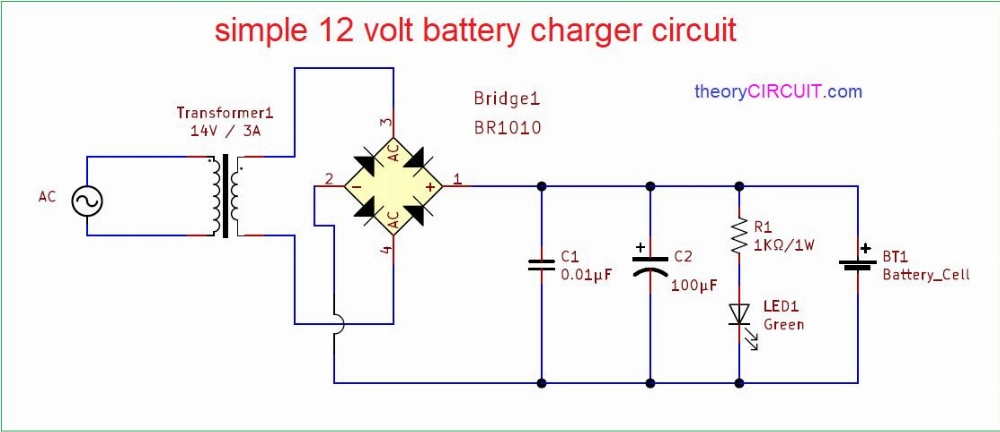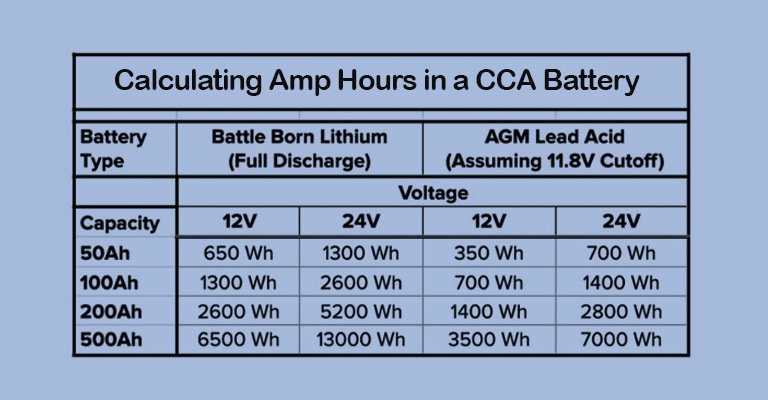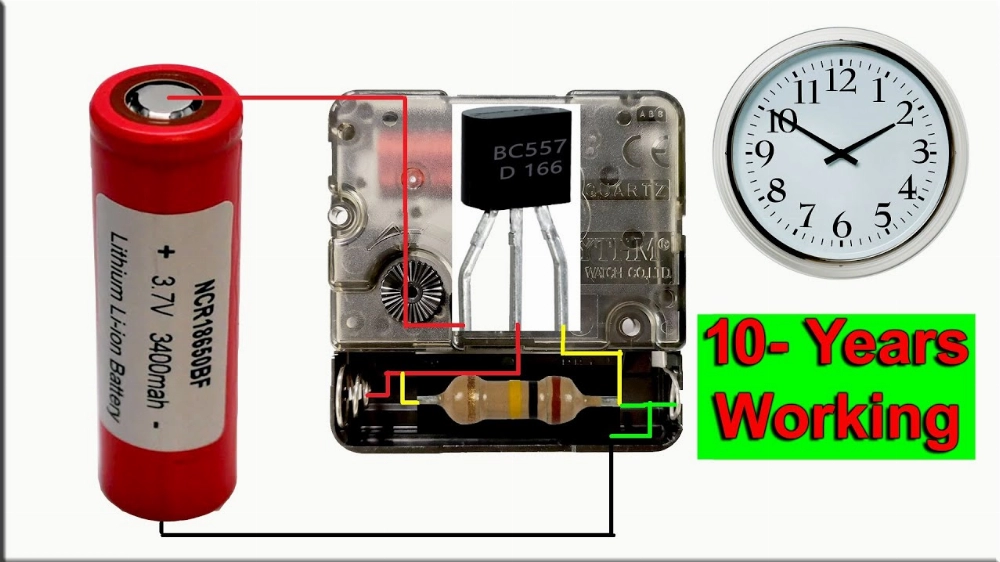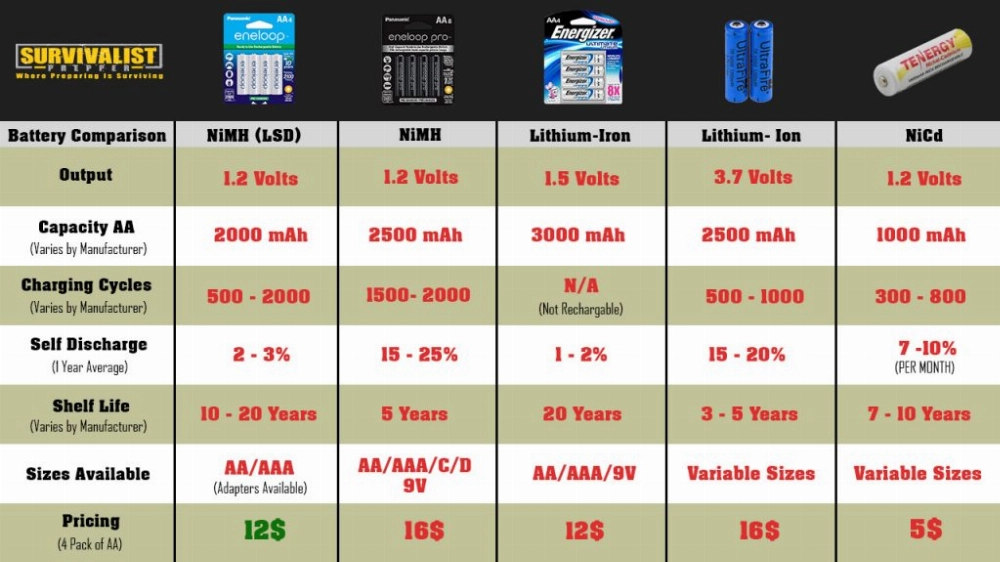Battery circuits are the cornerstone of modern electronics, powering the devices essential to our daily lives. These intricate networks of components control the flow of electrical energy from a power source to a load, in turn driving a wide range of electronic equipment. In this detailed guide, we will explore the core principles, functionality, types, maintenance, and troubleshooting techniques of battery circuits.
Part 1: Fundamentals of Battery Circuits
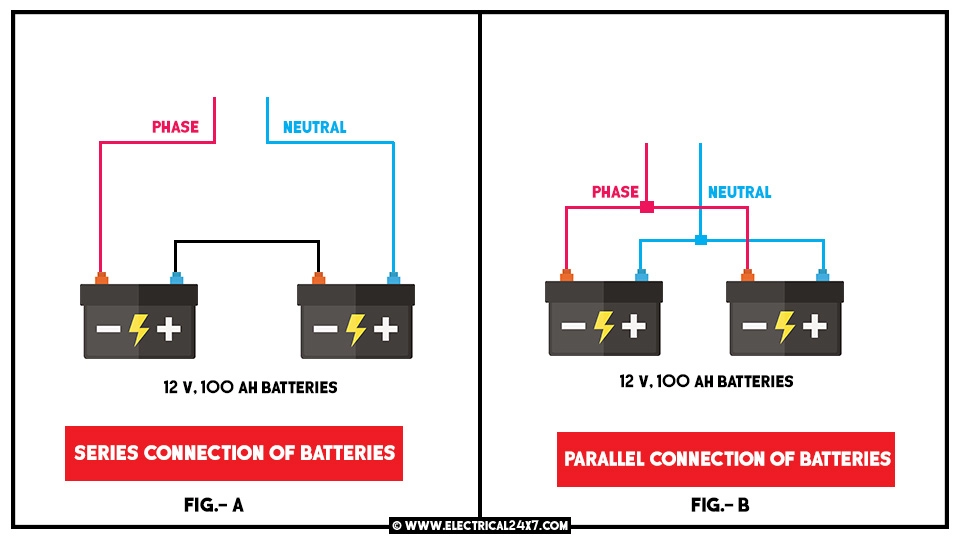
A battery circuit is a fundamental setup that allows electrical energy to flow from a power source (battery) to a load, with the help of conductive elements and other components. This arrangement is crucial in numerous electronic devices and systems. Let’s examine the key components of a battery circuit:
1. Battery: The Power Source
A battery is a self-contained electrochemical cell that converts chemical energy into electrical energy. It consists of one or more electrochemical cells arranged in series or parallel. Each cell contains a positive electrode (cathode), a negative electrode (anode), and an electrolyte that facilitates the movement of ions between the electrodes during electrochemical processes.
2. Load: Utilizing Electrical Energy
The load refers to any component or device that uses electrical energy to perform a specific function. This can be a light bulb, a motor, a microcontroller, or any electrical equipment that requires power. The load connects to the battery circuit to receive and use the electrical energy.
3. Conductive Elements: Wires and Connectors
Conductive elements, such as wires, connectors, and traces on circuit boards, serve as pathways for the current to flow from the battery to the load and back. These components provide a low-resistance path, reducing energy loss and ensuring efficient power delivery.
4. Switches and Controls
Switches and control mechanisms are often included in battery circuits. Switches control current flow, allowing users to turn the circuit on or off. Control devices like resistors and diodes help regulate current or voltage within the circuit.
5. Protection Components
Certain components, such as fuses or circuit breakers, are designed to protect the circuit from overcurrent or short circuits. These protective elements safeguard the battery and connected devices from damage due to current surges.
6. Monitoring and Measurement Devices
In more complex battery circuits, monitoring devices like voltmeters, ammeters, or multimeters are often integrated. These instruments enable users to measure critical electrical parameters, such as voltage, current, and resistance, providing valuable diagnostic insights into circuit performance.
Part 2: How Battery Circuits Work
Battery Circuit Operation:
Several key processes work together to facilitate current flow in a battery circuit.
Electron Movement
Electrons, which are negatively charged particles, move from the negative terminal of the battery to the positive terminal. This movement is driven by the electrical potential created by chemical reactions within the battery.
Conductive Pathways
Conductive elements, such as wires or circuit traces, create pathways for the movement of electrons. These pathways offer a low-resistance route, allowing electrons to flow efficiently through the circuit.
Interaction with the Load
As electrons move through the circuit, they encounter the load, which can be a light bulb, a motor, or any other device connected to the circuit. The energy carried by the electrons powers the device, enabling it to function.
Continuous Electron Flow
The continuous movement of electrons through the circuit establishes an electric current. The rate of this flow is known as the current intensity, which is measured in amperes (A).
Completing the Circuit
A closed loop ensures the continuous flow of electrons, sustaining circuit operation. This process relies heavily on the function of the battery’s anode and cathode [link].
How Electron Flow Works in a Battery Circuit
Electron flow is essential for the integrity of a circuit. Electrons flow from the negative terminal of the battery, through the load element, and then back to the positive terminal, forming a complete cycle.
The Role of Chemical Reactions
Inside the battery, chemical reactions are responsible for driving the movement of electrons. These reactions generate a potential difference that drives electron flow.
Voltage, Current, and Resistance in a Battery Circuit
Voltage
Definition: Voltage is the electrical potential difference between two points in a circuit, measured in volts (V).
Impact on Circuit:
- Higher voltage means more energy per unit charge, increasing power output.
- Voltage determines the driving force for electrons to flow in the circuit.
Current
Definition: Current is the rate of flow of electric charge, measured in amperes (A).
Role in Circuit:
- Current magnitude affects electron flow, which in turn affects device performance.
- Higher current can provide more power to devices, but excessive current can damage components.
Resistance
Definition: Resistance is the opposition to the flow of electrons, measured in ohms (Ω).
Impact on Circuit:
- Higher resistance reduces current flow, affecting circuit performance.
- Components, such as resistors and conductive materials, contribute to the overall resistance of the circuit.
Ohm’s Law
Relationship Between Voltage, Current, and Resistance:
- Ohm’s Law (V = IR) explains the relationship between voltage (V), current (I), and resistance (R).
- The formula states that voltage equals the product of current and resistance, forming the basis for circuit analysis.
Power Dissipation
Impact of Voltage and Resistance:
- Voltage and resistance together determine the power dissipation in a circuit.
- High voltage across resistive components increases power dissipation, which can shorten component life.
Types of Battery Circuits
Series Circuit
A series circuit connects multiple batteries or components linearly end-to-end, forming a single path for the current to flow. In this arrangement, the positive terminal of one battery is connected to the negative terminal of the next, forming a continuous chain. Components or batteries in a series circuit share the same current, but the voltage drop across each component varies depending on its resistance and the number of elements in series.
Characteristics and Advantages:
- Constant Current: The current remains consistent throughout the circuit as it passes through each connected component.
- Accumulated Voltage: The total voltage in a series circuit is the sum of the voltages of each component, providing a higher overall voltage.
- Uniform Current Distribution: The same current flows through each component, ensuring balanced operation.
- Voltage Stacking: Series-connected batteries can achieve voltage stacking to meet the needs of applications requiring high voltage and low current.
Parallel Circuit
A parallel circuit connects components or batteries side by side, providing multiple independent paths for the current to flow. In a parallel arrangement, all positive terminals are connected together, as are all negative terminals. Each component or battery has its own branch and receives the full voltage of the power source.
Characteristics and Advantages:
- Multiple Current Paths: The current is distributed across the parallel branches, providing independent paths for each component.
- Consistent Voltage: All components experience the same voltage as the power source, ensuring consistent performance.
- Redundancy and Reliability: Even if one component fails, the others can continue to operate, increasing system reliability.
- Increased Current Capacity: Parallel configurations can provide a higher total current, suitable for applications requiring high power.
markdown
# Circuit Maintenance and Troubleshooting
Maintenance Practices for Battery Circuits
Regular Inspections
- Periodically inspect battery terminals to ensure they are clean and free from corrosion.
- Check wiring and connections for wear or damage, and repair or replace as necessary.
Monitoring Voltage Levels
- Regularly measure battery voltage using a voltmeter to ensure it remains within the optimal range.
- Address any significant fluctuations or voltage drops promptly, as they may indicate underlying issues.
Cleaning and Upkeep
- Clean battery terminals and connections using a baking soda solution to remove corrosion.
- Store batteries in a clean, dry environment to prevent contamination or moisture damage.
Proper Charging Practices
- Follow the manufacturer’s guidelines for charging batteries to prevent overcharging or undercharging.
- Use compatible chargers and adhere to recommended charging durations to maintain battery health.
Troubleshooting Techniques
Identifying Voltage Issues
- Use a digital multimeter to check for voltage drops in the circuit to identify potential problem areas.
- Test individual components to determine if any are causing significant voltage fluctuations or irregularities.
Detecting Current Problems
- Measure the current flowing through the circuit to identify anomalies or spikes.
- Look for components that are drawing excessive current, which may indicate a fault or malfunction.
Addressing Resistance Problems
- Test the resistance values of various parts of the circuit to detect areas of high resistance.
- Investigate components or connections that are causing increased resistance, which may lead to reduced efficiency.
Isolating Component Failures
- Use systematic testing methods to isolate and identify failed components.
- Replace or repair faulty components to ensure optimal circuit functionality.
